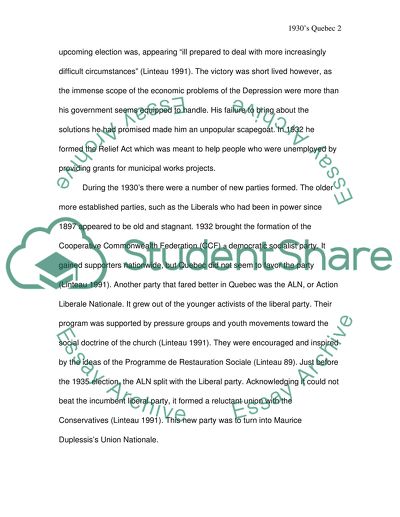Cite this document
(Politics of Quebec in the 1930s Article Example | Topics and Well Written Essays - 1750 words, n.d.)
Politics of Quebec in the 1930s Article Example | Topics and Well Written Essays - 1750 words. https://studentshare.org/politics/1553112-political-paper-from-1930-1939
Politics of Quebec in the 1930s Article Example | Topics and Well Written Essays - 1750 words. https://studentshare.org/politics/1553112-political-paper-from-1930-1939
(Politics of Quebec in the 1930s Article Example | Topics and Well Written Essays - 1750 Words)
Politics of Quebec in the 1930s Article Example | Topics and Well Written Essays - 1750 Words. https://studentshare.org/politics/1553112-political-paper-from-1930-1939.
Politics of Quebec in the 1930s Article Example | Topics and Well Written Essays - 1750 Words. https://studentshare.org/politics/1553112-political-paper-from-1930-1939.
“Politics of Quebec in the 1930s Article Example | Topics and Well Written Essays - 1750 Words”. https://studentshare.org/politics/1553112-political-paper-from-1930-1939.


